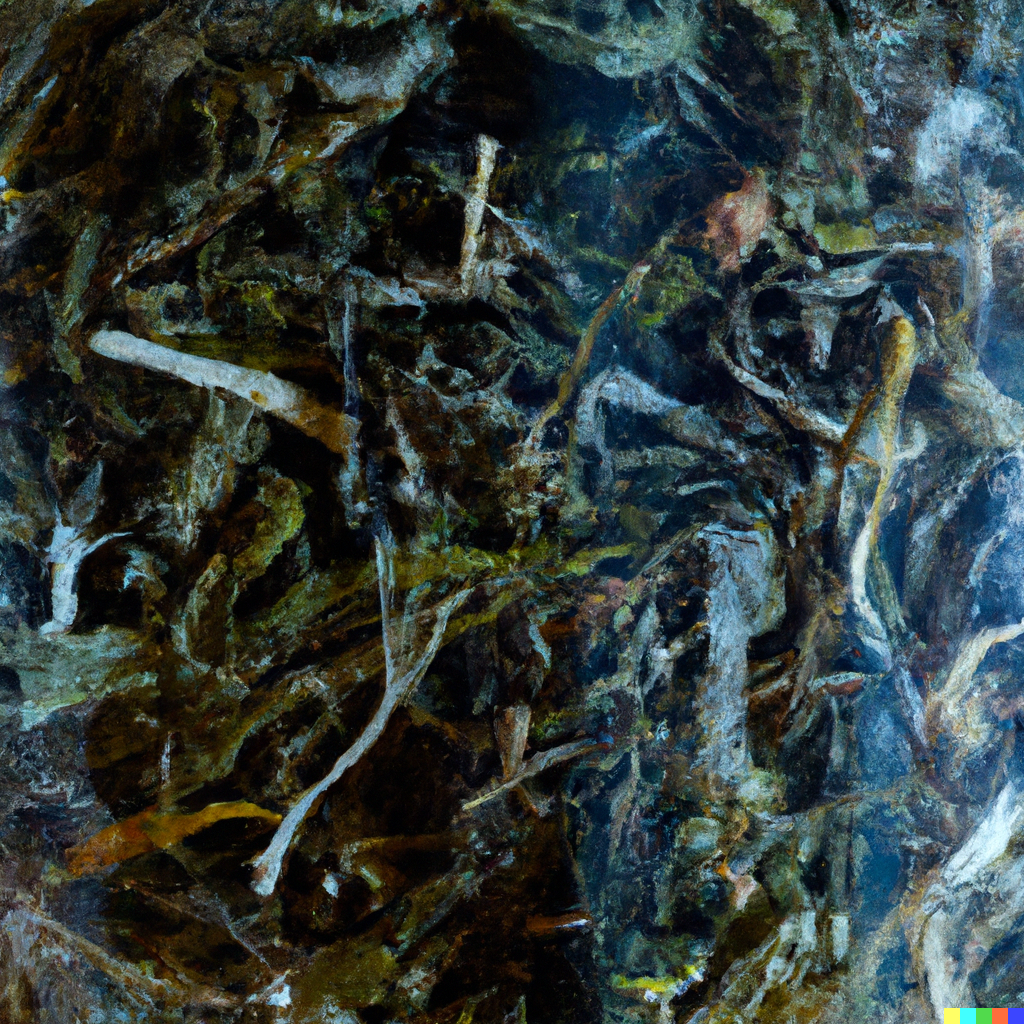The Dark Underbelly of Tea: Uncovering Adulteration and Fraud in the Industry
It's undoubtedly time to spill the tea on the darker side of the tea industry: adulteration and fraud. This not-so-rosy topic may strike a nerve in some enthusiastic sippers, but it's essential to address the not-so-steeped-in-honesty practices that can lurk in the shadows of this beloved beverage. So brew yourself a comforting cup, pull up a seat, and let's talk about the dark underbelly of the tea world.
What is Tea Adulteration and Fraud?
Tea adulteration and fraud are the unscrupulous practices of adding non-tea substances (cheap fillers, harmful additives, or inferior tea leaves) to teas or mislabeling tea products to deceive consumers and affect the price or perceived value of the tea. It can impact the product's quality, overall taste, and potential health benefits. The main forms of tea adulteration and fraud include:
- Plantation mix: Adding a substantial quantity of cheaper teas to higher grades to cut costs and increase perceived value.
- Flavor enhancements: Adding artificial flavors to mask inferior quality tea leaves or make them taste like higher-grade teas.
- Coloring agents: Applying chemicals, dyes, or other coloring substances to tea leaves to improve their appearance or mimic more expensive teas.
- Harmful additives: Adding substances like sawdust, sand, or even illegal pesticides to increase the tea's weight or bulk size.
- Mislabeling origins: Providing false information on tea packaging concerning the tea's origin or production methods, e.g., falsely claiming a tea is organic or from a prestigious tea-growing region.
Below, we'll explore each of these forms of adulteration and fraud in more detail.
The Five Shades of Tea Adulteration and Fraud
| Form | Description | Example |
|---|---|---|
| Plantation mix | Combining cheaper teas with higher grades to reduce production cost and increase perceived value. | Adding lower-grade Darjeeling tea leaves to higher-grade ones, then selling it as entirely high-grade at a premium price. |
| Flavor enhancements | Using artificial flavors or additives to improve the taste of inferior teas, disguise authentic flavors, or mimic more expensive tea varieties. | Adding excessive artificial bergamot flavoring to low-quality tea leaves and labeling it as 'premium Earl Grey.' |
| Coloring agents | Coloring tea leaves with chemicals, dyes, or other foreign substances to make them appear more visually appealing or resemble more expensive teas. | Adding dyes to spent, previously brewed leaves to superficially create the appearance of high-quality loose-leaf tea. |
| Harmful additives | Incorporating non-tea substances like sawdust, sand, or illegal pesticides to increase the product's weight or bulk size, and maximize profit margins. | Using sawdust as filler in low-quality tea bags. |
| Mislabeling origins | Providing false information on tea packaging concerning the tea's origin or production practices to deceive consumers and sell the tea at a higher price. | Falsely branding tea as originating from a famous tea estate in India, when it was in fact, sourced from a completely different region. |
An Infamous Case of Tea Fraud
One historical case of tea fraud traces back to Victorian England when unscrupulous traders would create counterfeit teas by dyeing used tea leaves with toxic substances like lead chromate and iron sulfate. The counterfeited tea would then be mixed with genuine leaves and sold to unsuspecting customers, posing serious health risks. Public outcry and increasing awareness eventually led to legislative responses like the Adulteration of Food and Drink Act of 1860 in the UK, which aimed to curb these fraudulent practices.
While tea fraud might seem like a tempest in a teapot to some, it is essential to be vigilant when sourcing your tea to ensure you're getting ethically made, authentic, and high-quality products.
Protect Yourself: Four Ways To Avoid Tea Fraud
-
Buy from reputable sources: The first step in steering clear of tea fraud is to make sure you're buying from reputable, well-known retailers known for providing high-quality, ethically sourced teas. Look for retailers with transparent supply chains, direct relationships with tea farmers, and a strong customer base.
-
Pay attention to packaging and labeling: Look for clear, concise, and informative labeling that includes information like the tea's source, production methods, and the ingredients list. Be skeptical of vague or overly enticing descriptions with no verifiable information.
-
Do your research: Educate yourself about the different types and qualities of tea, as well as the factors that impact a tea's price (such as the origin, processing techniques, and rarity). This knowledge will help you to be a more discerning consumer.
-
Get familiar with taste profiles: Developing your palate will help you recognize the subtle differences between quality teas and inferior or adulterated products. Attend tea tastings or take online courses to deepen your understanding of tea flavors and characteristics.
Conclusion: A Tea-riffic Future
At the end of the day, the adage "You get what you pay for" rings true for the tea industry. While it's essential to stay informed and watch out for fraud, let's not allow these occasional scandals to leave a bitter taste in our mouths. Instead, let's celebrate and cherish the incredible variety, craftsmanship, and joy that tea brings to our lives. Like my grandma always used to say, "There's nothing that can't be solved with a good cup of tea." So let's turn over a new leaf and continue to savor the world of tea, one honest cup at a time. Cheers!
